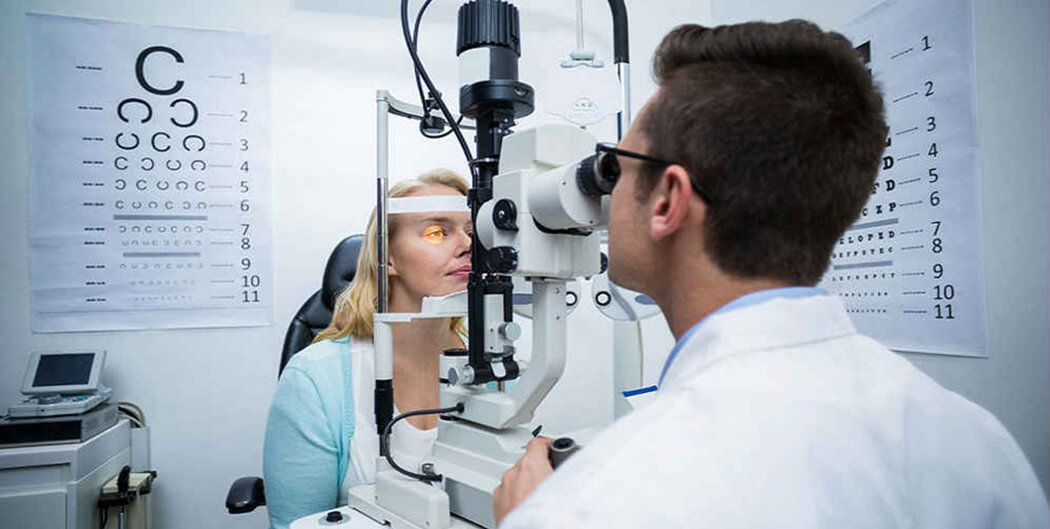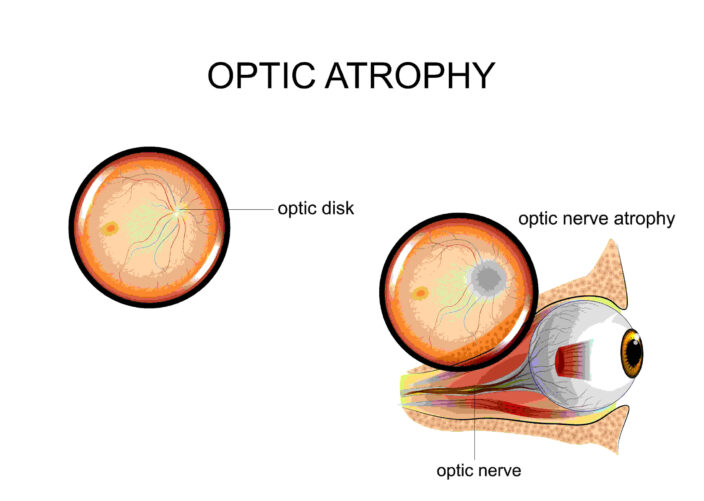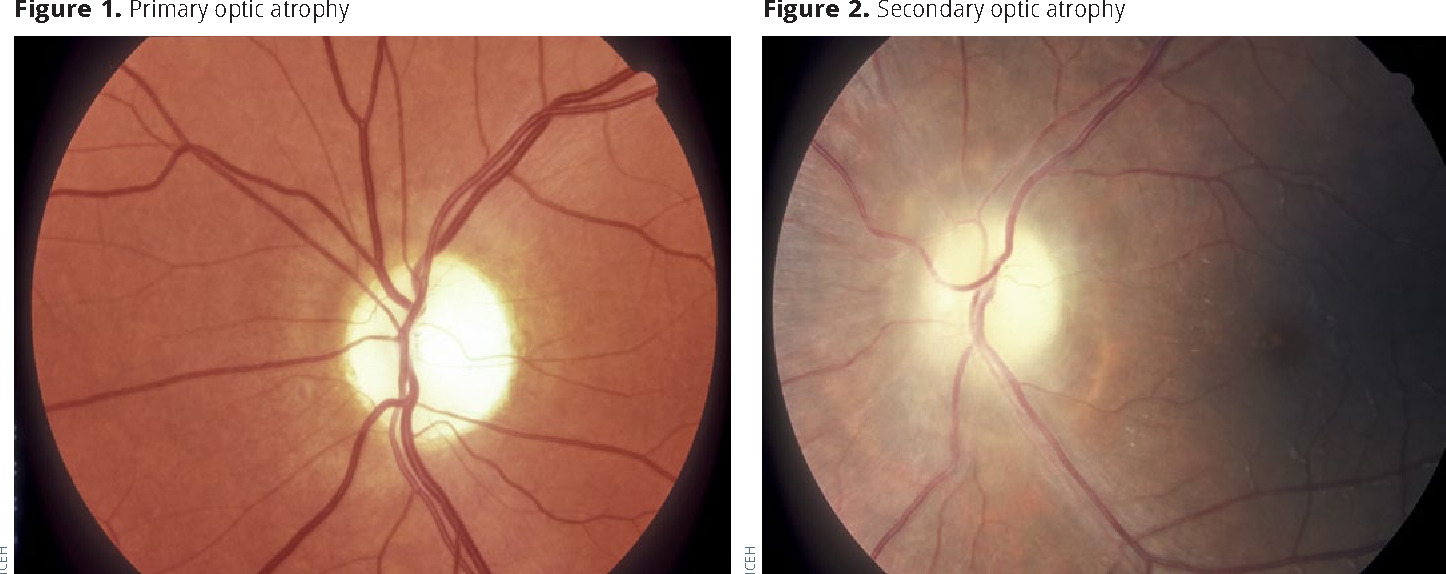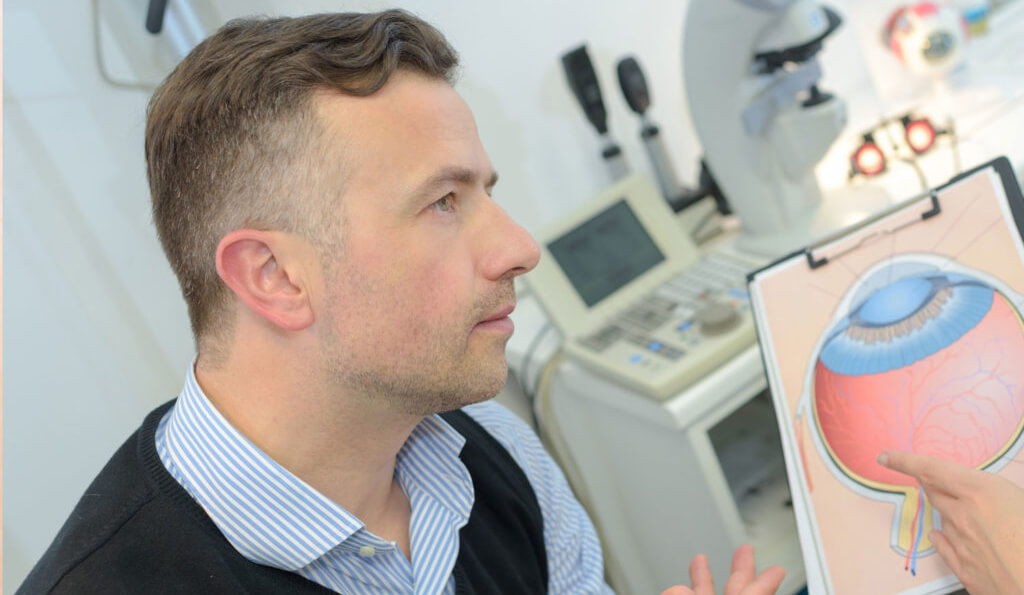Calls for Ukraine
Calls for Europe
Calls for USA

According to statistics, about 1.5% of all visits to an ophthalmologist are for optic nerve atrophy. This is one of the most severe ophthalmic pathologies that can cause complete loss of vision.
This eye disease cannot be corrected with glasses or contact lenses. It is impossible to completely cure the disease. However, modern methods can stop degenerative processes and even achieve some improvement.
MedTour will help you find the best specialists who use the most advanced methods, find ways to effectively deal with pathology and avoid blindness.

This is a pathological condition in which the death of the optic nerve occurs.
The task of the optic nerve is to transmit information from the retina to the brain structures. When it gradually dies off, the light signal begins to be transmitted to the brain with distortions. This leads to a decrease in visual acuity, the appearance of blind spots, a change in color perception.
Partial or complete atrophy of the optic nerve may occur. In the second case, complete loss of vision occurs. There may also be primary and secondary atrophy.
This form of pathology is diagnosed as an independent disease. Its peculiarity is that the optic disc becomes pale, but its boundaries remain clear. Also in this case, the arteries of the retina are noticeably narrowed.
Occurs against the background of some disease. With this form of pathology, pallor of the optic nerve head is also observed, but its boundaries become fuzzy. Most often, secondary atrophy occurs.

The most common causes of optic nerve damage include:
Typical symptoms include:

Methods for examining the optic nerve may include:
The examination will accurately determine the degree of atrophy and find out other nuances of the condition. The sooner an accurate diagnosis is made and treatment is started, the more chances the patient will have to maintain vision.

Traditionally, drug treatment of optic nerve atrophy is carried out. Various medications may be prescribed:
Physiotherapy is usually an additional method that the doctor prescribes at the same time as medication. Can be applied:
Sometimes a doctor may recommend surgical treatment for optic nerve atrophy.
Standard therapies can stop the progression of the disease. But they do not give significant improvements and do not allow to return the lost visual acuity. Therefore, there is a constant search for more effective methods of treating this condition.
Cellular therapy is one of the new effective methods of therapy. Stem cells are immature cells, the uniqueness of which is that they can become cells of various organs and have a very high regenerative potential.
Most often in ophthalmology, stem cells are used, which are taken from the bone marrow or from adipose tissue, but cells from the umbilical cord blood can also be used.
The stem cell preparation can be injected into the eyeball and intravenously.
Studies have shown that the use of stem cells can improve the function of the optic nerve by 70-90%. The use of cell therapy leads to the emergence of new neural connections, prevents the death of neurons, and increases the blood supply to the eye. As a result, an improvement in vision of about 30% is recorded. The effect appears after a few months and persists for 1-3 years.

In order to increase the effectiveness of treatment, cell therapy can be administered simultaneously with drug therapy and physiotherapy.
Before the procedure, it is necessary to undergo an examination and consult with an ophthalmologist, who, based on information about your state of health, will decide whether this procedure is necessary.
After the use of stem cells, the immune system is activated, regenerative processes begin in the eyeball. At first, redness of the eye, discomfort in the eye area, and swelling may occur. But these unpleasant manifestations pass within a few weeks.
About a month later, active recovery processes begin: regeneration of nerve fibers occurs, blood circulation improves. These processes intensify over time and reach their maximum result approximately 6 months after the procedure. At the same time, in most patients, vision improves by 20-30%, but in some cases the improvement may be more noticeable. The ability to distinguish colors may also be restored.
Advantages of the method:
This disease is treated by an ophthalmologist. However, it may be necessary to consult doctors of other specializations.
You can undergo stem cell treatment in Ukraine with doctor Andriy Kovalchuk. He uses cell therapy to treat various diseases, including eye diseases.
You can choose a clinic and a doctor for treatment on the MedTour platform. To find out more, sign up for a free consultation with a MedTour medical coordinator.
If treatment is started in the early stages of the disease, then one procedure is enough. At later stages, 2-3 procedures are more often prescribed. The break between them usually ranges from several weeks to several months.
The procedure is well tolerated and practically does not cause serious side effects. For several weeks after the procedure, discomfort in the eye may occur, which is associated with the activation of the immune system and regeneration processes. However, the discomfort passes quickly enough.
The procedure is performed under local anesthesia, so the process of injecting stem cells into the eye is painless.
After the procedure for the introduction of stem cells, the maximum effect is observed after about 6 months. A noticeable improvement in vision is present for 1-3 years after the procedure.
Please rate the work of MedTour
